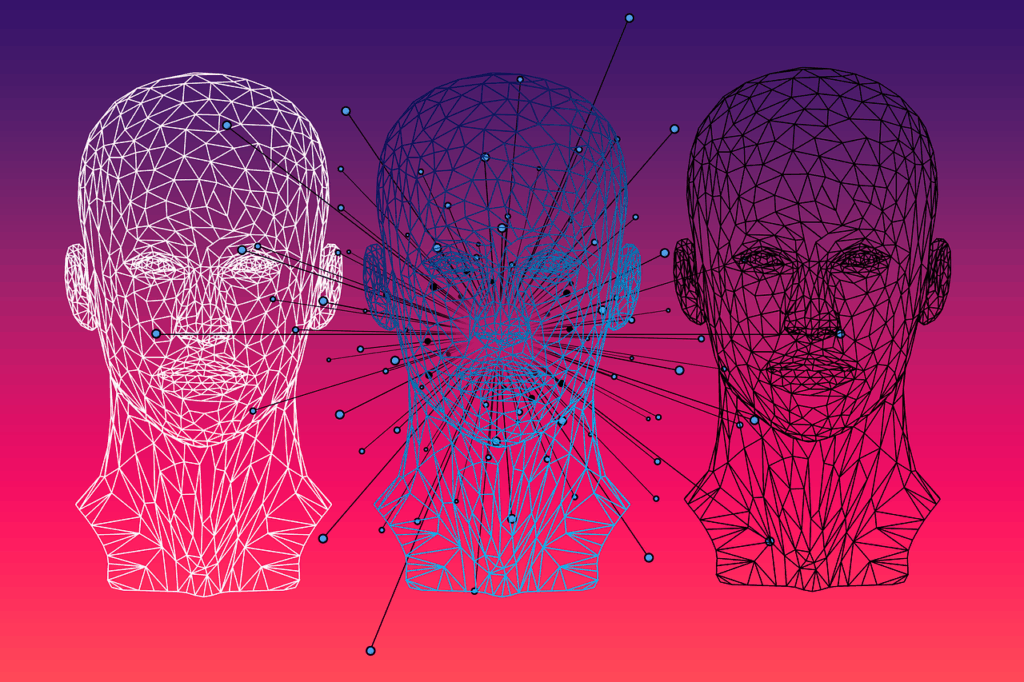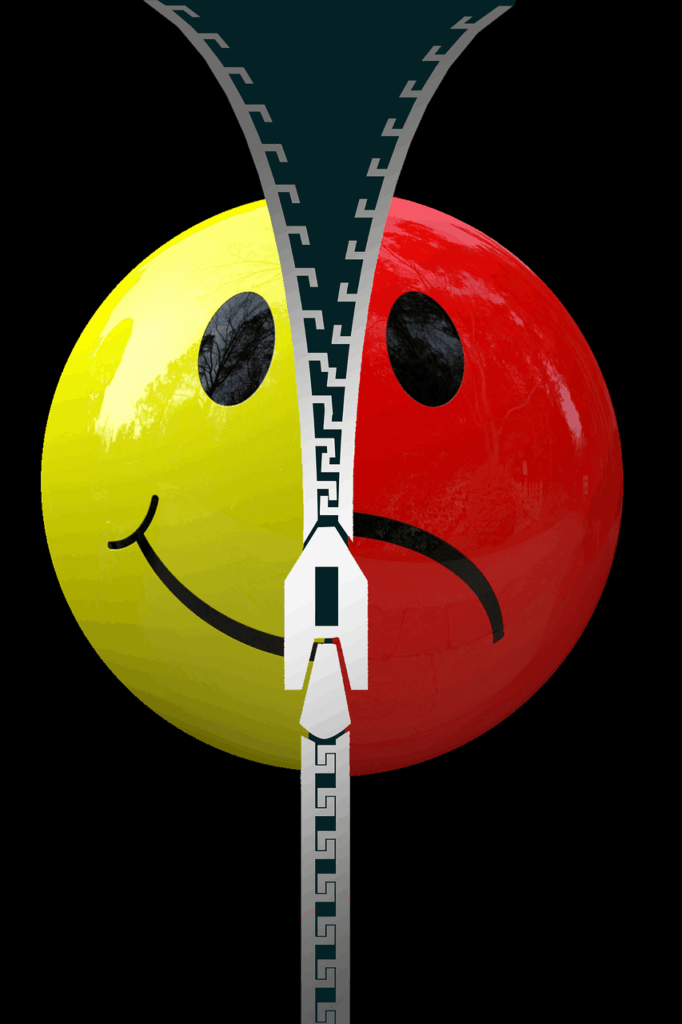Dear blog reader,
After a brief hiatus, we are back with a vengeance and joined by Dr. Simone Mattavelli. I first met Simone back when I was doing my PhD in Ghent University with Dermot and Yvonne in Belgium. Simone was visiting the lab of another renowned professor in the faculty, Jan De Houwer. That period in Ghent was some time ago now, but I have been keeping up with Simone’s work since and, as you will see, his research story is a particularly fascinating one. Simone’s journey involves a full shift in research philosophy from one grounded in mental mechanisms to a focus on functional regularities to understand human behavior (arguably more akin to what we might call functional analysis within the behavioral tradition). Indeed, the latter’s focus on responding to stimuli and events as symbolic, contextually controlled, relational in nature, and rooted firmly within the learning histories that gave rise to them, made Simone’s story and research interests seem like a perfect fit for this Symbolic Language and Thought blog series (you might even see some overlap with some of the key aspects of the Relational Frame Theory account human language and cognition — I certainly did!). Simone’s current work focuses in particular on how repetition influences issues such as perceived truth and morality, with applications to misinformation and social evaluation. Such work could not come at a more socially important time really, especially given the current post-truth era in which we find ourselves. This era presents a particularly complex challenge to the field of psychology, one with wide reaching implications, and one that we will need to tackle head on as a field. To this end, I hope you will find (as I did) some inspiration in Simone’s research story and fascinating research findings. So, sit back, relax, and enjoy this fantastic addition to the series.
Colin
Author bio:

Simone Mattavelli is an Assistant Professor of Social Psychology at the University of Milano-Bicocca. After earning his PhD at Milano-Bicocca, he conducted postdoctoral work with Prof. Jan De Houwer at Ghent University, and has also held visiting research appointments at institutions including the University of Leeds, the University of North Carolina at Chapel Hill, and London Business School. His research explores how learned beliefs and contextual cues shape preferences, judgments, and trust – focusing on classic social cognition phenomena such as evaluative conditioning, face perception, and the illusory truth effect. His current work examines how repetition influences perceived truth and morality, with applications to misinformation and social evaluation. He has authored of over 35 peer-reviewed articles, with work published in top journals such as Journal of Experimental Psychology: General, Journal of Experimental Social Psychology, Personality and Social Psychology Bulletin, and Cognition.
On Learned Beliefs about Regularities in Evaluations and Judgements
My research journey began with a simple question: Why do we like what we like? I was curious about how preferences form – why beer tastes better over time, why songs we initially dislike become catchy after a few listens. Early on, I focused on the regularities that shape these responses: pairing and repetition. But the deeper I went, the more I realized that these effects are shaped by the beliefs we form about those regularities over the course of our lives: What have we learned about things that are paired together? What does repetition signal to us? And so, what began as a study of liking eventually became a study of believing – and of how meaning, shaped by past experience, silently guides our judgments.
The question of how we come to like (or dislike) things became the central focus of my PhD, which I pursued from 2014 to 2017 at the University of Milano-Bicocca (Milan) under the supervision of Prof. Perugini and Dr. Richetin. That period marked my deep dive into the world of evaluative learning and its effects. More specifically, my doctoral work centered on the Self-Referencing effect (see Mattavelli et al., 2017, for a meta-analysis). Across a wide series of experimental studies, we consistently found that performing the same action in response to both neutral and self-related stimuli changes people’s preferences and behaviors toward the former. The self, it turns out, is an incredibly powerful source of liking: if something is tied to the self – even in the most meaningless form – people are more likely to like it and act toward it.
At the time, I explored these effects through the lens of evaluative conditioning (EC) using what was then commonly referred to as implicit measures, especially the Implicit Association Test (IAT). The dominant idea was that these measures could offer a window into psychological processes people might not consciously access or report. It was a compelling promise, and it guided much of my early thinking. But as I engaged more deeply with the literature and the data, I began to rethink that assumption. It took me a while to realize that an IAT score is nothing else than a behavioral outcome (i.e., a pattern of speeded categorizations) that differs from self-reported judgments largely because of the conditions under which it is measured. Understanding that helped me see that understanding behavior requires a certain kind of epistemic humility: a willingness to focus not only on what we hope to discover, but on what we are actually measuring and manipulating. In this case: how people respond, in real time, to stimuli under specific task demands. That may not sound as sexy as uncovering deep associative structures, but it is a more honest and ultimately more useful way to understand behavior.
This shift in perspective was heavily influenced by my exposure to the propositional account of evaluative conditioning and implicit attitudes proposed by Jan De Houwer. I first met Prof. De Houwer in 2016 during my PhD, and our collaboration continued the following year when I spent time working in his lab at Ghent University. Through our work together, I was introduced to a fundamentally different way of thinking about psychological science. His approach reframed EC from a question of mental mechanisms (i.e., “what internal process causes the effect?”) to a question of functional regularities (i.e., “Under what conditions does the effect occur, and what is it a function of?”). This was not just a theoretical adjustment, but a full shift in research philosophy. Where I had once been drawn to the mystery of unconscious mental processes, I began to see the scientific value of staying grounded in what is observable and testable.
Most transformative for me was De Houwer’s introduction of the symbolic view of EC (De Houwer & Hughes, 2016). Rather than treating stimulus pairings as raw associations, this view sees them as symbols, that is, relations that are interpreted and qualified based on the learner’s history and propositional beliefs. Co-occurrence, in this framework, is rarely just co-occurrence. Whether a neutral stimulus becomes liked or disliked depends on how the individual understands the relationship between the paired elements. Is X caused by Y? Is it similar to Y? Is it endorsed by Y? These inferences shape the meaning of the pairing, and thus the evaluative response it produces. In other words, I learned to see conditioning effects not as the result of passive association, but as the output of an active, meaning-making process. This symbolic lens would go on to influence the next stages of my work in powerful and unexpected ways.

After my postdoctoral work at Ghent on evaluative learning, I returned to Milan increasingly curious about how the conceptual tools I had developed, particularly symbolic pairing and relational reasoning, might serve other domains in social psychology. If preferences could be shaped by beliefs about stimulus pairings, how might that apply to other forms of judgment? My collaboration with Prof. Brambilla on face perception started with these premises. At the time, Prof. Brambilla was studying the integration of contextual stimuli information on evaluation of facial trustworthiness. At first glance, this might seem like a departure from my earlier work. But breaking down the effect in its core components made me realize that the underlying logic was way more familiar than I thought. Just like in EC, I was still exploring how learning histories, contextual cues, and relational information combine to shape judgments. The key difference was that now the units of analysis were faces embedded in meaningful scenes, and the outcome was a social judgment, that is, facial trustworthiness. Across more than fifteen experimental studies, we found that threatening context scenes make the individual portrayed in those scenes seem less trustworthy. This effect was initially explained on the basis of an “inherent” link between the two dimensions of trust on threat; but that explanation did not specify what the link actually was and where it came from. Therefore, we borrowed the same relational approach we had used in evaluative conditioning research to the study of face–context integration, examining and manipulating perceivers’ inferred relationships between the face and the surrounding scene. We found that trust reduction depends on the role that the person is perceived to play: a face is judged as significantly less trustworthy when inferred to be the villain in a threatening context, and people tend to default to this inference. Even subtle non-verbal cues shape these inferences. For example, a person smiling in a threatening scene is perceived as more dishonest than someone expressing fear in the same context (see Brambilla et al., 2024 for an overview). This work reinforced for me a central idea that had been emerging across projects: even our most immediate judgments are shaped not just by what we see, but by what we believe the situation means.
Our work on face–context integration also made me more aware of the broader role of trustworthiness in social life. In the post-truth era, deciding what and whom we should trust is becoming increasingly difficult. This societal urgency deepened my interest in the determinants of truth judgments in modern environments. And, perhaps unsurprisingly, it brought me back to one of the most familiar variables in my work: repetition (yes, that same principle that once explained why beer or bad music sometimes grows on you). This time I wanted to understand the role of repetition in shaping perception of truth. This phenomenon is known as the Illusory Truth Effect: repeated information is perceived as more truthful than novel information (see Unkelbach et al., 2019, for a review). It all started when I emailed Prof. Christian Unkelbach to discuss an idea I wanted to test. In retrospect, the idea was clearly influenced by my earlier work on EC. Although EC and the Illusory Truth Effect have never been formally unified, I began to notice important conceptual parallels, particularly between the symbolic view of EC and Brunswik’s (1955) lens model, a framework used to understand the influence of repetition on truth judgments. The lens model suggests that in most ecologies, repetition is a valid cue for truth: true things tend to be repeated more often than false ones. Similarly, the symbolic view of EC holds that co-occurrence is a valid cue for similarity: things that appear together are often interpreted as being meaningfully related. This analogy opened up a new question: if propositional beliefs about pairing can produce conditioning effects, could beliefs about repetition alone, even without actual exposure, be enough to produce an illusion of truth? We tested this idea and found that merely knowing that a statement had been repeated increased its believability (Mattavelli et al., 2023). This suggests that part of the Illusory Truth Effect can be explained without invoking experiential mechanisms like fluency or familiarity, relying instead on people’s beliefs about the link between repetition and truth.

That was my first dive into Illusory Truth, and it has since become the main focus of my research. In subsequent studies, my coauthors and I showed that people are not only susceptible to the effect – they also underestimate their own susceptibility, exhibiting a kind of Bias Blind Spot (Mattavelli et al., 2024). In a recent project, bringing together my interests in trust and truth, we found that repeating information not only increases its believability, but also makes the communicator seem more trustworthy than one who shares new or unfamiliar claims (Mattavelli et al., 2025a). Finally, we explored whether this effect could be mitigated. And we found a simple but surprisingly effective strategy: when information is framed as a question rather than a statement, people are much less likely to rely on repetition as a cue for truth (Mattavelli et al., 2025b). This line of thinking was still deeply inspired by the symbolic and ecological perspective that had shaped my earlier work. If repetition serves as a valid cue for truth in most ecologies (because true things tend to be repeated) then its influence should weaken in new ecologies where that cue no longer holds. A question, especially when repeated, does not signal truth in the same way; if anything, it can signal doubt, uncertainty. In this questioning ecology, repetition is decoupled from truth and the Illusory Truth Effect begins to lose its grip. As trivial as that might sound, it may offer a promising foundation for intervention strategies aimed at correcting misinformation, not by countering false claims directly, but by simply inviting people to question them.
In hindsight, what began as a curiosity about liking has grown into a broader investigation of how meaning shapes judgment. I have come to see that whether we are responding to stimuli, faces, or facts, our evaluations are guided not just by repetition or exposure, but by the beliefs we have formed about what those patterns signify. We do not just react, we interpret led by our history of learning. That shift in perspective has been shaped as much by theory as by the people I have worked with: collaborators who invited me into new domains, new questions, and new ways of thinking. From implicit measures to face perception, from conditioning to truth judgments, each step in this path has shown me the value of bridging fields, of allowing methods and models from one area to inform another. In the end, it has been a collaborative process of discovery, not just across studies, but across minds.
References
Brambilla, M., Mattavelli, S., & Masi, M. (2024). Face–context integration and trustworthiness evaluation. European Review of Social Psychology, 35(2), 378-423. https://doi.org/10.1080/10463283.2024.2315915
Brunswik, E. (1955). Representative design and probabilistic theory in a functional psychology. Psychological Review, 62, 193–217. https://doi.org/10.1037/h0047470
De Houwer, J. (2007). A conceptual and theoretical analysis of evaluative conditioning. The Spanish Journal of Psychology, 10(2), 230-241. https://doi.org/10.1017/S1138741600006491
De Houwer, J., & Hughes, S. (2016). Evaluative conditioning as a symbolic phenomenon: On the relation between evaluative conditioning, evaluative conditioning via instructions, and persuasion. Social Cognition, 34(5), 480-494. https://doi.org/10.1521/soco.2016.34.5.480
Mattavelli, S., Brambilla, M., & Unkelbach, C. (2025a) Repeating Statements Increases Source Credibility. Personality and Social Psychology Bulletin. Advanced Online Publication. https://doi.org/10.1177/0146167225134742
Mattavelli, S., & Bianchi, C. & Motterlini, M. (2025b). “Questioning” the Truth Effect: Processing information in interrogative form reduces (but does not cancel) repetition-induced truth. Memory & Cognition. Advanced Online Publication. https://doi.org/10.3758/s13421-025-01742-9
Mattavelli, S., Béna, J., Corneille, O., & Unkelbach, C. (2024). People underestimate the influence of repetition on truth judgments (and more so for themselves than for others). Cognition, 242, 105651. https://doi.org/10.1016/j.cognition.2023.105651
Mattavelli, S., Corneille, O., & Unkelbach, C. (2023). Truth by repetition… Without repetition: Testing the effect of instructed repetition on truth judgments. Journal of Experimental Psychology: Learning, Memory, and Cognition, 49(8), 1264-1279. https://doi.org/10.1037/xlm0001170
Mattavelli, S., Richetin, J., Gallucci, M., & Perugini, M. (2017). The Self-Referencing task: Theoretical overview and empirical evidence. Journal of Experimental Social Psychology, 71, 68-82. https://doi.org/10.1016/j.jesp.2017.02.006
Unkelbach, C., Koch, A., Silva, R. R., & Garcia-Marques, T. (2019). Truth by repetition: Explanations and implications. Current Directions in Psychological Science, 28(3), 247-253. https://doi.org/10.1177/0963721419827854

